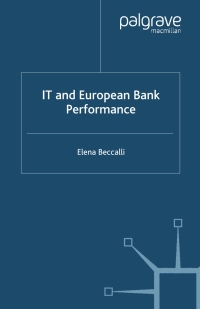




At December 1, 2020, Imalda Inc. reported the following information on its statement of financial position: Accounts receivable Allowance for doubtful accounts $154,000 4,500 (credit balance) The following transactions were completed during December 2020: December 5 Sold merchandise items for $67,000. An amount of $19,000 was received in cash and the rest on account; terms 2/10, n/60. The total cost of sales was $35,000. December 12 Collected cash for half of the credit sales made on December 5. December 20 Collected $90,000 in cash from customers for credit sales made in November 2020. December 26 One of Imalda's customers that owed $3,000 to the company experienced financial problems and was forced to close its business in December. The full amount was considered uncollectible. Imalda uses the aging of accounts receivable method to determine bad debt expense. The aging schedule at December 31, 2020, gives the following information about the accounts receivable estimated uncollectible: Aging of accounts receivable 130 days 31-60 days Current past due past due $42,000 $31,500 $ 5,000 1% 2% 10% Over 60 days past due $6,500 30% Total Estimated & uncollectible Required: 1. Prepare the journal entries to record the transactions that occurred in December 2020. (If no entry is required for a transaction/event, select "No journal entry required" in the first account field.) Required: 1. Prepare the journal entries to record the transactions that occurred in December 2020. (If no entry is required for a transaction/event, select "No journal entry required" in the first account field.) View transaction list Journal entry worksheet Record sale of merchandise partly cash and the rest on account, terms 2/10, n/60. Note: Enter debits before credits. Date General Journal Debit Credit Dec. 5 Record entry Clear entry View general journal 2-a. Using the aging schedule, compute the bad debt expense for December 2020. Bad debt expense 2-b. Prepare the journal entry to record bad debt expense for December 2020. (If no entry is required for a transaction/event, select "No journal entry required" in the first account field.) View transaction list Journal entry worksheet Record estimated bad debt expense for the period. Note: Enter debits before credits. Date General Journal Debit Credit Dec. 31 Record entry Clear entry View general journal 3. Compute the gross profit percentage and the receivables turnover ratio for December 2020. (Round the final answers to 2 decimal places.) Gross profit percentage % Receivable turnover ratio times











